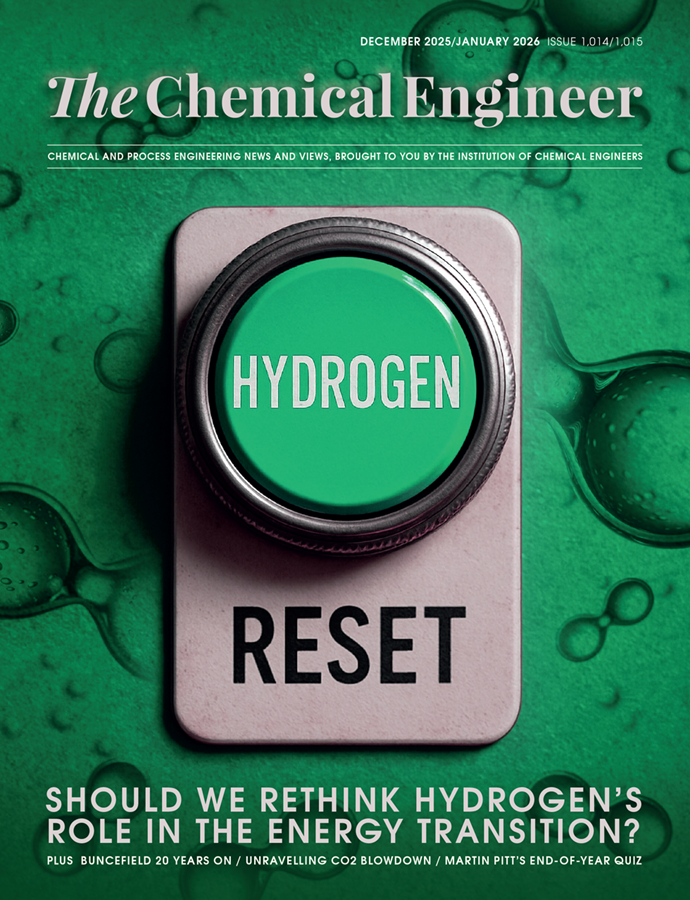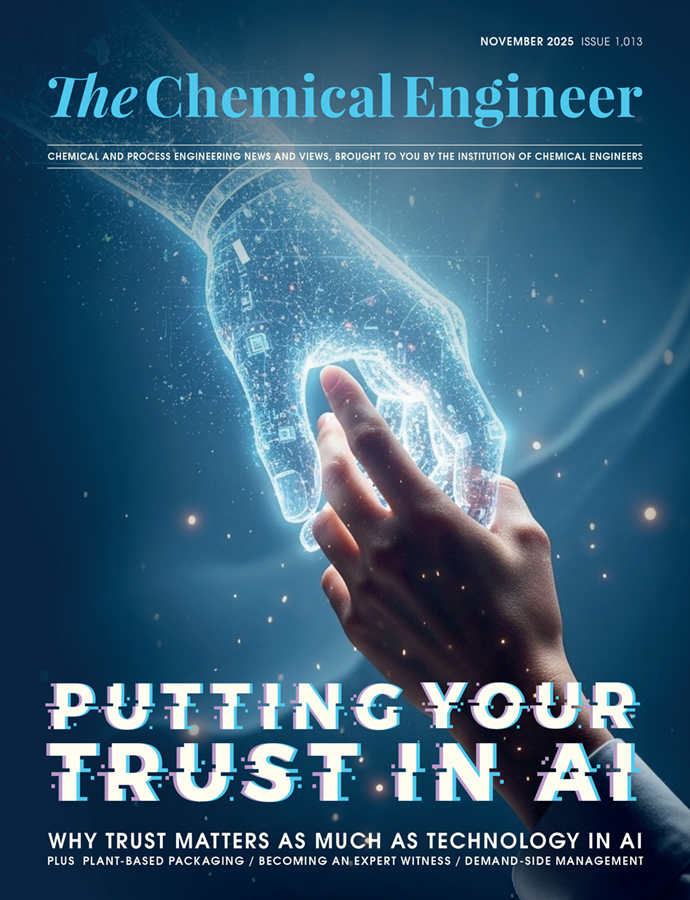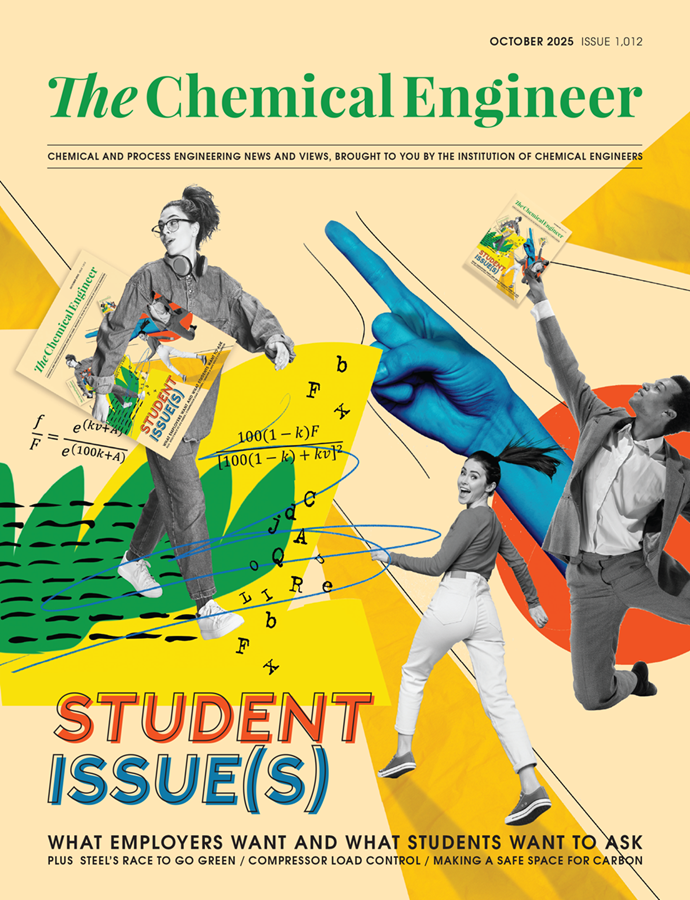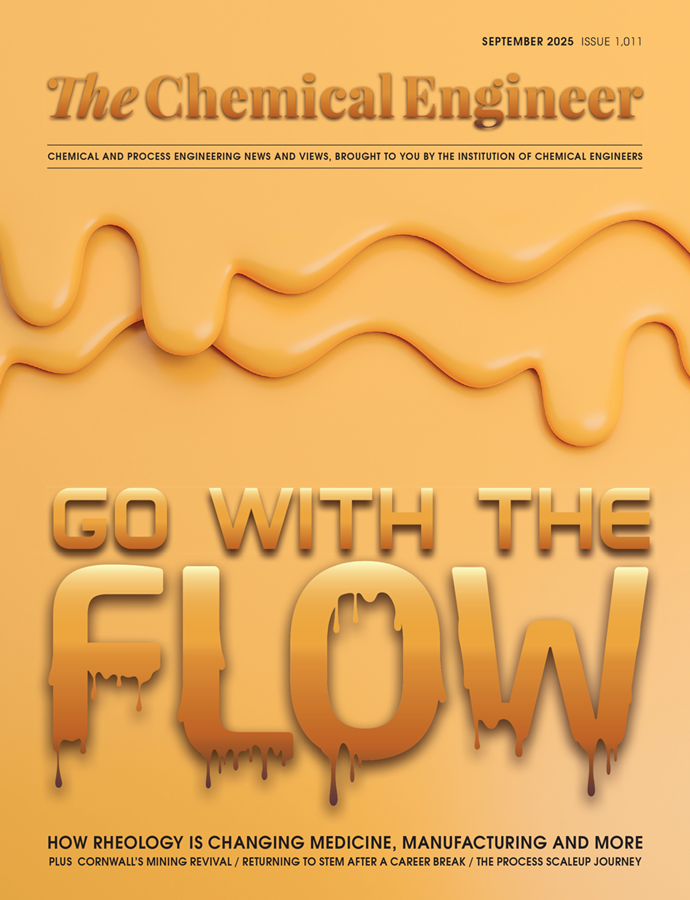Predictive Tech Part 3: From Waste to Worth
James Meyer, CTO at Onunda, looks at how hydrothermal carbonisation, rotary kilns and physics-informed neural networks are transforming how we process waste – and how engineers design the sustainable systems of tomorrow
Quick read
- Waste as a resource: The shift from a linear to a circular economy is transforming how industries view waste – turning it into a valuable feedstock that reduces pollution, conserves resources and drives sustainable innovation
- Technology integration: Emerging processes such as hydrothermal carbonisation, rotary kiln systems for pyrolysis and gasification and digital tools like physics-informed neural networks are redefining how chemical engineers convert waste into useful materials and energy
- Mindset matters: Beyond technology, progress depend on creativity, collaboration and resilience – embracing diverse perspectives, learning from failure and using both data and intuition to engineer more sustainable solutions
TURNING waste into feedstock is an idea which has gained renewed urgency as we confront the need to live more sustainably in the biosphere. The idea itself has been around for decades, yet what is different now is the scale and seriousness with which society is taking it. We no longer view waste as something to be discarded but increasingly as something that can be transformed into a resource.
In this piece, I’ll share how four areas: the circular economy, hydrothermal processing, rotary kiln systems, and physics-informed neural networks could shape chemical engineering in the years ahead. Along the way, I’ll also reflect on why diverse skills, learning from failure, and trusting our intuition are just as critical as the technologies themselves for making progress on this journey.
Circular economy: turning waste into worth
Traditionally, industries followed a linear path: take resources, make products and then dispose of what remained. That model worked for a time, but the drawbacks are now obvious; finite resources are depleted, landfills overflow and pollution continues to accumulate. The throwaway approach is gradually giving way to a more circular mindset. In a circular economy, waste becomes feedstock. We start to treat waste streams not as an afterthought, but as valuable inputs for new processes that can keep materials in circulation for longer.
Chemical engineers are right at the centre of this transition. We develop the processes that allow useful materials and energy to be extracted from what was once rubbish... pollution and landfill use are reduced, while the demand for virgin raw materials is also lessened
Practical examples are increasingly visible. Used plastics can be chemically or mechanically broken down and reformed into new products. Organic leftovers such as food scraps or agricultural residues can be digested to generate energy or converted into fertilisers that replace synthetic inputs. Instead of seeing waste as a problem to manage, we can view it as an opportunity waiting to be unlocked.
Chemical engineers are right at the centre of this transition. We develop the processes that allow useful materials and energy to be extracted from what was once rubbish. The impact is twofold; pollution and landfill use are reduced, while the demand for virgin raw materials is also lessened. One major area is waste-to-energy: generating electricity and heat from trash, sewage sludge or other biomass streams. These innovations demand not just technical skill but also creativity and persistence. In my experience, bringing together diverse skills often sparks the best ideas. A team with different backgrounds and training can see possibilities that others might overlook.
Of course, working with waste is rarely straightforward. Materials are inconsistent, contaminated and difficult to process, so systems must be designed to be robust and adaptable. Early attempts frequently falter, but every failure provides insights that make the next iteration better. I’ve learned first-hand that learning from setbacks is part of the innovation process. The circular economy is no longer just a slogan used in reports; it is becoming a practical reality that chemical engineers are helping to deliver, and it’s gradually making industries more sustainable.
Recent Editions
Catch up on the latest news, views and jobs from The Chemical Engineer. Below are the four latest issues. View a wider selection of the archive from within the Magazine section of this site.




